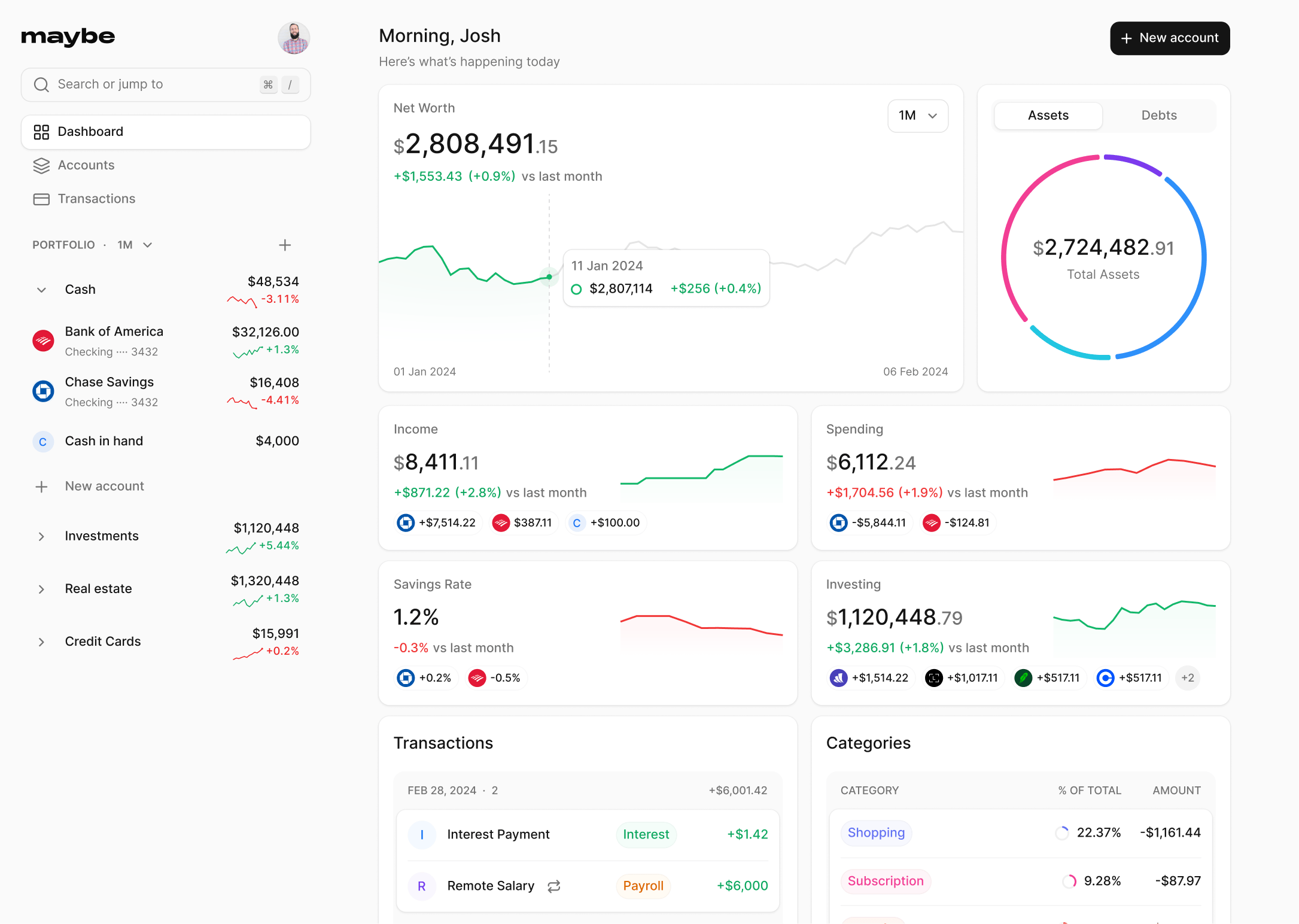Financial Terms / C - D / Capital loss
Capital loss
In simple terms, any loss you suffer from selling an asset below the price you bought it for is called a capital gain. Capital losses are classified into short-term capital losses - in which you buy an asset and sell it within a year for a loss, and long-term capital losses - in which you sell the asset for a loss after a year of buying it.
You can use capital losses accrued during market downturns to offset capital gains of succeeding periods to help reduce your tax liability. This process is known as tax-loss harvesting, where you sell some investments at a loss to offset some of the profits you made in other investing transactions.
Discover more financial terms
Join the Maybe  waitlist
waitlist
Join the waitlist to get notified when a hosted version of the app is available.
